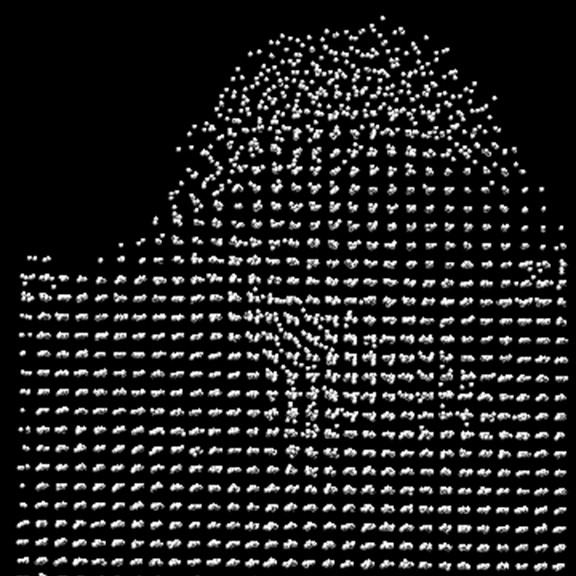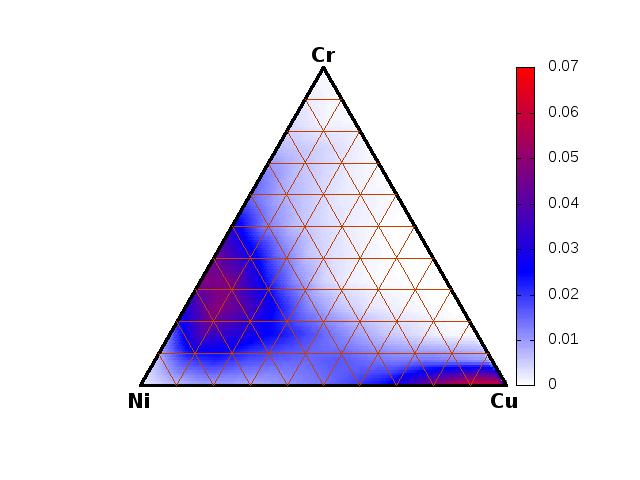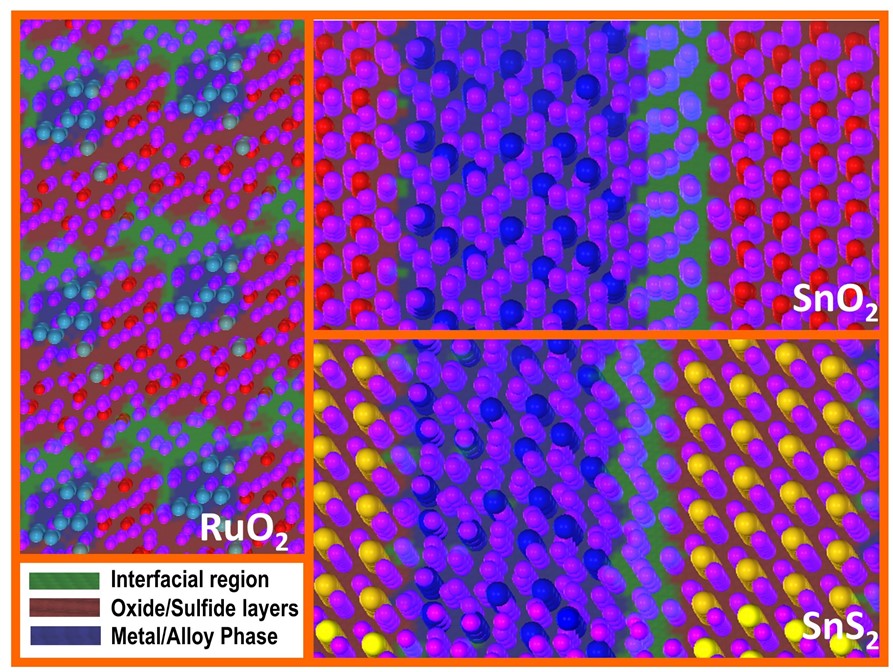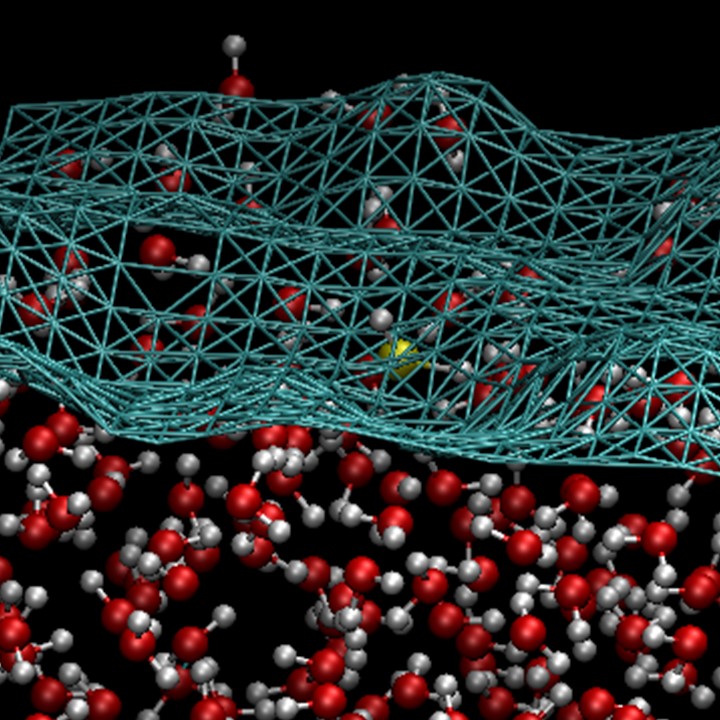Metal Alloy
Interfaces
Selective laser 3d
printing is the process in which metal powders are used to
mold machine parts of specific shapes, sizes, and properties.
To optimize this process requires knowledge of the interfacial
properties of the alloys used. For instance, at the
solid/liquid and air/liquid interfaces of TiAl6 alloys, is
there more Al at the these surfaces than in the bulk, and how
does the segregation of certain metals influence the
interfacial and mechanical properties. To study this requires
large scale simulations, not achievable with DFT calculations,
requiring embedded atom (MEAM, specifically) models.
Unfortunately, these models are generally designed for solid
properties, and others, such as melting points and surface
tensions are often poorly reproduced. We are developing new
MEAM models with a self designed Python optimization code that
works with the LAMMPS software. This code uses a combination
of Monte Carlo and Genetic Algorithm to fit the MEAM
parameters to solid, liquid, phase change, and interfacial
properties of metals and alloys.
|

|







